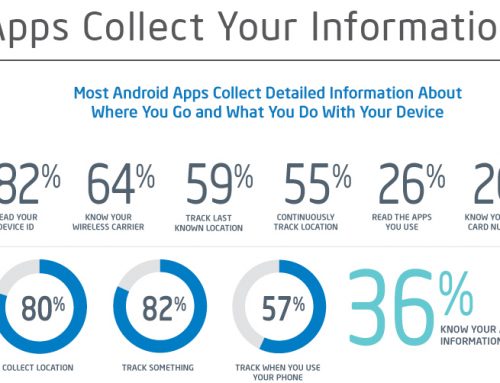Mobile application development is the set of processes and procedures involved in inditing software for minute, wireless computing contrivances such as smartphones or tablets. These applications can be pre-installed on phones during manufacturing platforms, or distributed as web applications utilizing server-side or client-side processing (e.g. JavaScript) to provide an “application-like” experience within a Web browser. Application software developers additionally have to consider a lengthy array of screen sizes, hardware designations and configurations because of intense competition in mobile software and changes within each of the platforms. Mobile app development has been steadily growing, both in terms of revenues and jobs engendered. A 2013 analyst report estimates there are 529,000 direct App Economy jobs within the EU 28 members, 60% of which are mobile app developers.
As a component of the development process, Mobile User Interface (UI) Design is also an essential in the formation of mobile apps. Mobile UI deal with constraints and contexts, screen, input and mobility as outlines for design. The utilizer is often the focal point of interaction with their contrivance, and the interface bring about the peripherals of both hardware and software. Utilizer input sanctions for the users to manage a system, and contrivance’s output sanctions the system to denote the effects of the users’ manipulation. Mobile UI design restraints constitute inhibited attention and form factors, such as a mobile contrivance’s screen size for a utilizer’s hand(s). Mobile UI contexts signal hints from utilizer activity, such as location and appointments that can be shown from utilizer interactions within a mobile application. Overall, mobile UI design’s goal is principally for a recognizable, utilizer-amicable interface. The UI of mobile apps should: consider user’s constrained attention, diminish keystrokes, and be task-oriented with a limited set of functions. This functionality is fortified by Mobile enterprise application platforms or Integrated development environments (IDEs).
Mobile UIs, or front-ends, completely rely on mobile back-ends to fortify access to enterprise systems. The mobile back-end aids data routing, security, verification, sanction, working off-line, and accommodation interpretation. This services is backed by a blend of middleware components including mobile app servers, Mobile Backend as an accommodation (MBaaS), and SOA infrastructure.
Mobile application development is identical to Web application development and has its roots in conventional software development. One critical difference, however, is that mobile applications (apps) are often indited categorically to capitalize on the unique features a particular mobile contrivance offers. For instance, a gaming app might be indited to capitalize on the iPhone’s accelerometer.
One way to ascertain that applications show optimum performance on a given contrivance is to develop the application (app) natively on that contrivance. This denotes that at a very low caliber, the code is indited categorically for the processor in a particular contrivance. When an app needs to run on multiple operating systems, however, it is limited if any code that can be reused from the initial development. The application must be re-indited for each categorical contrivance.
In the future, it’s expected that a majority of mobile application development efforts will focus on building browser-based applications that are device-skeptic. Such sites are built to load promptly over a cellular network and have finger-friendly navigation.
Successful mobile app development requires more than just a compelling user interface. It also requires:
- Testing
- Integration
- Security
- Quality assurance
- Ongoing management
However, the technique may be as facile as building up a current engender, TV, poster or in the cyber world technique, or be entirely, exclusively mobile. Be safe in the awareness that the resources are well proven, affordable and are the most frequently used technology around.








Leave A Comment